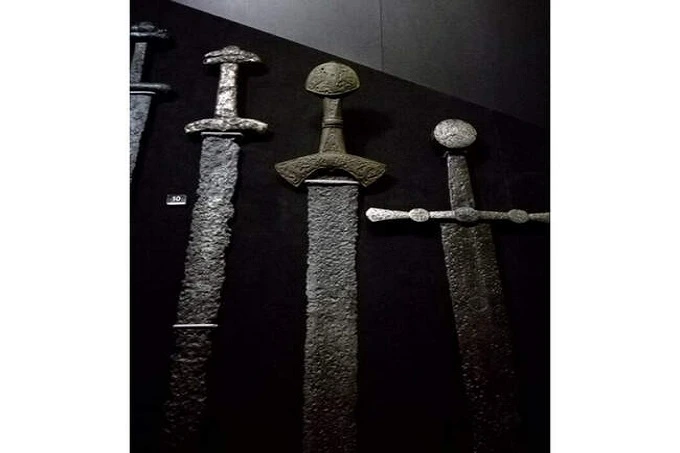Klinefelter syndrome: DNA study of a Finnish mediaeval warrior

Archaeologists unearthed this grave for the first time at Suontaka Vesitorninmaki, which is located in the Finland municipality of Hattula. It has been a mystery to scientists for decades. Others think it was a female. Some people believe that a man is buried in this area. Others believe that the skeletal remains of a man and a woman may be found in this location. Is it possible that this warrior from mediaeval Finland did not identify with either of the two genders?
What does the most recent study that scientists have produced say, and how does it completely throw our views about those ancient times?
An unclear situation
The grave from the middle ages is about 900 years old. In 1968, archaeologists dug into this cemetery and found several artefacts. There were woollen materials of unusual colours and brooches with an oval form discovered there. Women often wore clothing and accessories that were quite similar to one another. In addition to the fur and feathers of the rabbit, swords were also discovered in the grave. The wearing of jewellery was a sign of a warrior’s great rank. One of the swords was found lying next to the corpse, close to his hand, while the other was discovered within his brain. This suggests that a person engaged in violent conflict throughout his existence.

At first, several archaeologists thought that the woman couldn’t have been buried with a weapon. The consensus among the specialists was that the burial site likely contained the skeletal remains of both males and females. The inclusion of feminine and masculine belongings in the same collection of antiques is a unique symbolic combination for anything of this kind.
Did the concept of nonbinary even exist back then?
To arrive at the appropriate findings, a group of archaeologists thoroughly analysed all of the human remains and the soil samples. According to the scientists ‘ opinion, a non-binary identity might be an option for this individual.
Why do experienced professionals believe that? An examination of the man’s femur revealed that while he had the anatomy of a male, he really had Klinefelter’s syndrome. What exactly is it? The male gender is more likely to be affected by the genetic anomaly known as Klinefelter syndrome. This condition is characterised by the presence of an additional X chromosome. A deviation of this kind results in a reduction in test0sterone synthesis.
The researchers emphasised in their conclusions that the remains were “badly destroyed” and that they only had a tiny sample to analyse. Additionally, they noted that they only had a limited sample to examine. But they added that by using modelling, they “discovered overwhelming evidence that the genetic data of the Suontaka person most closely reflect an XXY karyotype.”
At the same time, the patient’s chest expands while simultaneously losing a considerable amount of muscular mass and hair from their body and face. The intensity of the symptoms might differ from one person to another. The scientists agree that it is impossible to determine with certainty whether the corpse that was found belonged to a man or a woman.
Warrior no longer only seems to be non-binary. It is probable that people living in mediaeval Finland were already acquainted with and accepting of this identity. If the culture of that period believed this man to be abnormal or below them, then he would not have been buried with such honours, would he?
This raises serious questions about the widely held belief that males mostly held political power in ancient Scandinavia. Researchers have come across evidence pointing to shamans and other clergies numerous times. They often turned out to be women, which scientists found to be rather surprising.
How sure are the experts that the Finnish warrior did not belong to the same sex?
The examination of genomic sequences gives credibility to the aforementioned hypothesis. Due to the limited quantity of information available for the investigation, it is not feasible to accurately diagnose the presence or absence of Klinefelter’s syndrome. The whole research process was more cutting edge. Archaeologists are most likely entirely correct in their beliefs, as shown by the volume of scientific study and good comments from the scientific community.
Examples are taken from the history
Many researchers in the scientific community have taken their theories to far beyond levels. For example, some historical instances of “non-binary” cultures and peoples with varying gender identities were given. From the indigenous people of North America to the Hijras who lived in ancient India. The idea of gender has been confused for a very long time, long before the high-profile, headline-grabbing news and the battles on social media.
It was the same with the warriors of mediaeval Finland. The collapse of that culture occurred a long time ago, but its impact will continue.




